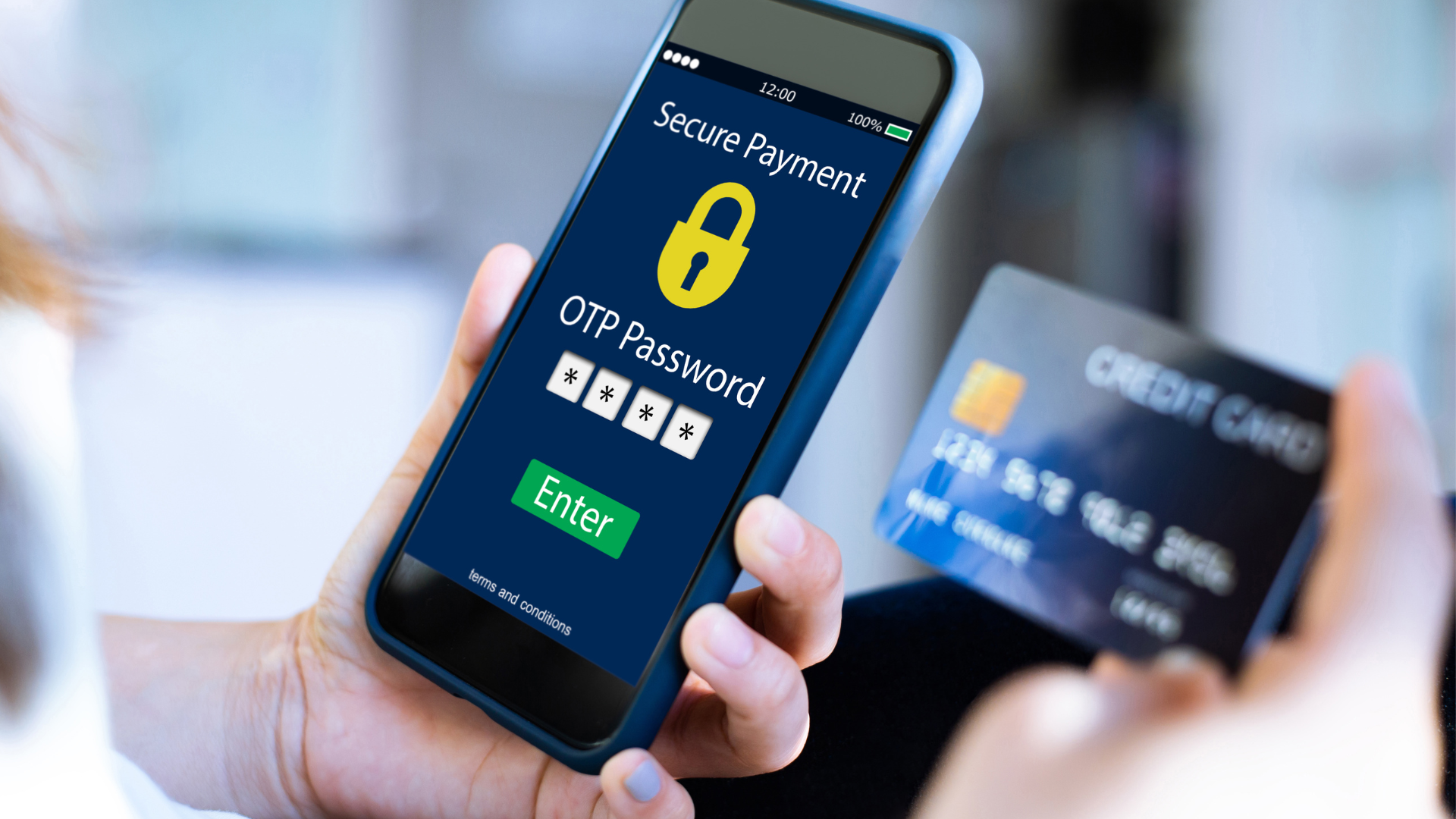
There’s a difference between having a successful business and having cash on hand to run your operations. One doesn’t necessarily translate to the other. While your small business might be doing well, unpaid invoices and late payments can wreak havoc on your cash flow.
One of the best ways to insure you always have money in the bank is to make sure your invoices are paid on time. According to one study, the total amount of unpaid invoices across all small businesses is $825 billion. Here are 5 ways to streamline your invoices so you’re not left owing:
1. Discuss Payment Terms Upfront
It seems simple, but getting on the same page early makes all the difference. If you expect your invoices to be pain in 15 days, but they won’t have the ability to pay you for 30 days, that’s something you can find out upfront. You also need to discuss what form of payment you accept. If you prefer cash, you can even offer a discount. Some accounting software and invoicing platforms now offer the ability to add a Pay Now button to an online invoice, letting you take a credit card payment instantly (talk to your bookkeeper about how to incorporate these). You should also agree on a late payment penalty so everyone is aware that after a certain date the bill will go up. If you agree on all of this upfront you can avoid some uncomfortable conversations down the track.
2. Use Written Quotes for Work
No one wants to be surprised when the bill comes. If you and your client agree on the price of your work before you start, be sure to give it to them in writing. If the discussion was done over the phone, follow it up with an email so everyone is on the same page. This is also important if your costs change during the job. Communicate the changes immediately and get your client to sign off on the new charges. This leaves no room for disagreement when the final invoice hits.
3. Itemize Your Invoices
If you want to get paid faster, don’t leave any questions about your bill. The more details you can show on your invoice the better. This way, your client won’t have to call and ask for a breakdown or have to ask where their money was being spent. Include as many records of time and inventory, work schedules, product specs and contracts as you can (some accounting software will let you attach files to invoices, you should talk to your financial advisor). With all of that included your client can’t use your lack of documentation as an excuse to delay payment.
4. Customize your invoices
Customize the details on your invoice so that they fit the requirements of your client. Most companies have slightly different needs when it comes to submitting an invoice. For instance, did they create a Purchase Order (PO) for the goods they purchased from you? Do you need to include the PO number on your invoice so their finance department can match the bill to the right PO? What date do they need your invoice by to insure it gets included in the next pay run? Do you need to send the invoice to someone other than your main point of contact? Don’t let bad admin create late payments.
5. Say please and thank you
Don’t underestimate the power of good manners. Including ‘please’ or ‘thank you’ increases the likelihood of getting paid (true story). Not only is it good manners, it’s a good policy to have throughout your business. The more personal you are, the more your clients will want to deal with you. Little personal touches can help increase loyalty, and loyal customers don’t often forget to pay their bill.
Talk to your accountant or bookkeeper about other ways to streamline your invoicing process to cut down on late payments. When you know your cash flow will be steady, you open up a whole host of possible ways to improve your business. Whether it’s hiring more staff, investing in new equipment, or even opening another location. None of that is possible without money in the bank. If you’re looking for other ways to improve your business contact us today.
Featured
Parties and other events are a great way to engage and reward employees and customers, and it’s also an opportunity to find tax deductions. But the tax rules for such events are strict and require careful planning and navigation to ensure you can claim your deductions with confidence.
Read on how to deduct the cost of a business party while also being conscious of potential tax deductions.
The various taxes that small businesses have to pay out each year are significant, so it’s important to be aware of every opportunity the tax man gives you to reduce your bill. So be sure to consider whether any or all of the items in this checklist apply to your business and discuss them with your bookkeeper and accountant to ensure you are documenting and claiming every deduction available to you.
With tax season approaching, you will want to take advantage of any and all deductions legally available to you. And if you aren’t satisfied with this year’s write-offs, you’ll want to start looking ahead next year to ensure you are aware of and actively documenting everything you could be deducting.
Financial fraud is the number one consumer complaint in the United States, and it can have devastating consequences for victims.
But by being proactive and following some simple steps, you can make it much more difficult for criminals to steal your money or your identity. Read about implementing some measures to protect you!
Now is the time to start thinking about the coming year, and what changes you could make to reduce your bill next time the taxman comes around.
Take a look at several ways businesses are reducing their tax burden.
Good financial reporting can help a business track what is really important for profitability and guide good decision-making for the future. Many small businesses struggle to really take full advantage of their financial reporting.
Take a look at five tips that could make the difference in whether your financial reports tick boxes or truly help drive growth.
Accounting and invoicing for general contractors have always been a paperwork-intensive process, tracking various construction-specific tasks like estimates, sourcing subcontractors, handling change orders, and partial-completion invoicing.
Let’s take a closer look at what makes construction invoicing different – and difficult – and consider a few highly-regarded apps that are worth considering, not only for invoicing but potentially for the entire end-to-end construction process, from submitting bids to paying contractors to customer relations.
Filing as an S Corp eliminates the self-employment tax on all income that many small businesses pay, while at the same time keeping some income out of reach of things like Medicare and Social Security taxes. It offers you the opportunity to take part of your income as a W-2 salary, with the associated federal program taxes, and the rest of it as distributions that are not subject to those taxes.
As with most “great deals,” though, there are potential pitfalls. It’s important to take the process seriously and abide by the rules in order to reap the benefits while avoiding some very serious penalties.
Let’s take a look at the benefits and potential pitfalls of filing as an S Corp, and how you can pay yourself in a way that maximizes your tax benefits while minimizing your compliance risks.
Filing as an S Corp eliminates the self-employment tax on all income that many small businesses pay, while at the same time keeping some income out of reach of things like Medicare and Social Security taxes. It offers you the opportunity to take part of your income as a W-2 salary, with the associated federal program taxes, and the rest of it as distributions that are not subject to those taxes.
As with most “great deals,” though, there are potential pitfalls. It’s important to take the process seriously and abide by the rules in order to reap the benefits while avoiding some very serious penalties.
Let’s take a look at the benefits and potential pitfalls of filing as an S Corp, and how you can pay yourself in a way that maximizes your tax benefits while minimizing your compliance risks.









